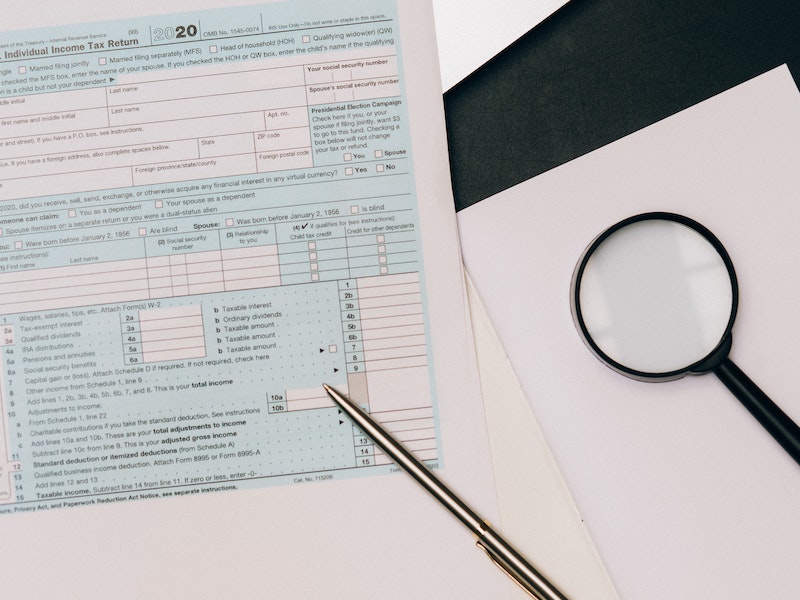Internal Revenue Service (IRS) penalties and fees for late filing, late payment or other errors can add up quickly for taxpayers. According to a recent government report, in 2022 alone the IRS collected more than $98.4 billion in unpaid assessments and assessed nearly $23.8 billion in additional taxes for returns not filed on time1. The payment for a simple mistake can be steep, but tax penalty abatement may be a solution. For enrolled agents, CPAs, and other tax professionals, we're walking you through the best practices you need to know!
Start earning CPE credits with a FREE course!Get Your Free Credit
Finding tax penalty relief for your clients
The IRS offers options to reduce or eliminate fees for your clients who may be facing tax penalties. Recent data shows that these abatements are underused, often because taxpayers or tax preparers don't realize they are available.2 To take full advantage of tax penalty relief, it's helpful for your clients to understand the basics, including what tax penalty abatement is and who qualifies.
What is tax penalty abatement?
Tax penalty abatement is the forgiveness or reduction of additional fees, penalties or interest that a client has accumulated on their tax returns for errors such as failing to file or pay their taxes on time. The IRS will reduce these fees and penalties under specific circumstances.
Why is penalty relief important?
Tax penalty abatement can provide your clients with much-needed financial relief and is particularly important for those who are struggling financially or facing other challenges. As you navigate the rules and regulations surrounding tax abatements, make sure your clients are taking advantage of all available options.3
Types of tax penalty abatement
There are several types of tax penalty abatements, and the qualifications differ for each. The most common types are First Time Penalty Abatement (FTA) and Reasonable Cause.4
First Time Penalty Abate (FTA) and Administrative Waiver
Often called a "get-out-of-jail-free card,"5 this simple penalty relief is available to taxpayers with a clean compliance history. Taxpayers who don't file or make the proper payments to the IRS on time are most likely to use this option. To qualify, taxpayers must be current on filing returns, paying their tax bill (which can include still making payments on a payment plan), and must have had no penalties in the three prior tax years.
Reasonable cause
This penalty relief is available to taxpayers who can demonstrate that they exercised ordinary business care and prudence but could still not comply with tax laws.6 Examples of reasonable cause include:
- Fires
- Natural disasters
- Civil disturbances
- Serious illness, death or unavoidable absence for the taxpayer or family
Statutory exception
This penalty relief may be available if the taxpayer fails to comply with tax laws due to a statutory exception (exception to the law).7 Examples of statutory exceptions include relying on incorrect advice from the IRS, mailing a return on time that never reached the IRS, living in a federal disaster area, or involvement in military operations in a combat zone.
Download our FREE ebook Excel automation for accountants
With step-by-step tutorials and real world examples, learn valuable automation functions in Excel that save time, improve accuracy, and and enhance your skills!
Download your free guideHow to apply for tax penalty abatement
You can apply for a tax penalty abatement from the IRS on behalf of your client either by phone or in writing.
By phone
During the phone call, the IRS will tell you if your client's penalty relief is approved. If the IRS cannot approve the relief over the phone, you can request penalty abatement for your client in writing.8 The IRS even offers a sample letter for your First Time Abatement (FTA) request.
Using Form 843 "Claim for Refund and Request for Abatement."
When you apply using Form 843, your client should receive a response within 60 days, but it may take up to 3 months to completely process.
Appealing the decision
If the IRS denies your request for a client's tax penalty abatement but you still believe the client qualifies, you can appeal the decision within 30 days. IRS Publication 4576 has more information about the appeals process.
Learn more about tax with CPE from Becker
Becker helps you stay up-to-date and well-informed on penalty abatements as well as both new and existing tax laws and guidelines with CPE courses and CE for enrolled agents that expand your expertise. Get the best value in continuing professional education with a Prime CPE subscription and access over 700 on-demand courses, 1,000 live webcasts annually, and weekly CPE podcasts.
Unlock unlimited CPE with a Prime Subscription
Becker makes it easy to meet your CPE requirements, gain new skills, and stay aware of critical updates and changes in the industry!
With Prime, you can access over 1,700 courses for a full year and earn unlimited CPE credits.
Choose Prime CPE



